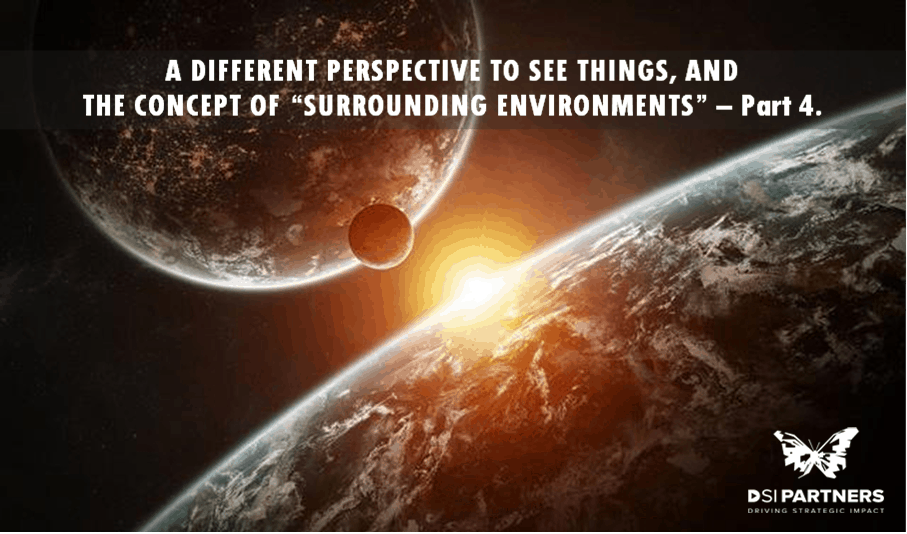By the end of part 3 we have seen that to be successful in the current business world that we
are part of, our companies need a different way to be and to work, that is robust, organized
and yet flexible. The organized and robust way give a structured approach and the flexibility
gives the firm the opportunity to change route when necessary. The new competitive
advantage to build is to have a business model that enables the firm to plan and execute “as
you go”. That is very different from the former way in which a company plan the strategy
(strategic planning process that usually starts in the end of the fiscal year), keep executing it
during the year and only at the end of the cycle (usually next year) comes back to re-plan the
strategy and start the new cycle again.
A business model that is constantly discovering and learning based on real time observations,
re-checking of assumptions, re-focusing and re-deploying, is the competitive advantage that
we should look for to have in our business. The catch is that planning and executing “as you
go”, brings unpredictability, higher risks, gets out of our comfort zone, and very few executives
are willing to choose the path to a “place where no one has gone before”. But the few that are
willing to take the risk are the ones who will through constant discovery and learning, reap the
benefits to become the next big hit in the new environment that overcame the former one.
Planning to fail early and inexpensively through “trial and error” business model starts when
defining what our real problem is. To determine it, we need to open ourselves to other
business environments, to have the courage to take risks, and leave our comfort zones.
Addressing the real problem means confronting the status quo, maybe going to a different
direction that the company used to pursue in the past and that gave its success. Not following
blindly our best customer´s needs and wants, ignoring wall street and former successful
models, and doing differently what we used to have done in the past, is the way to open our
minds to a new thinking process.
The real problem that we decide to work on during our strategic planning process, is usually
overlooked because it is much harder to solve it than the problems we are used to work on.
The real pain or opportunity to be addressed is much riskier and usually involves fighting with
the establishment. That is one of the major’s reasons why top CEO´s and their executives did
not move theirs best of the best companies to the right path. It wasn´t ignorance or lack of
capacity, but mainly a blindness that moves a person towards its comfort zone, to less risks
and towards the way thing are used to be done, the trap of the “do not change the team that
is winning” fallacy.
But some company´s are willing to take the risk and plan the trip to the unknown, where “no
one has ever been before”. These companies are the ones that plan towards a direction and is
always re-visiting the assumptions that led to that directions and that is willing to change it if
the assumptions are no longer valid. These are the companies that plan to have a temporary
(fluid) competitive advantage, that innovate its theories by testing, re-testing, adjusting, re-
grouping and if the case, changing its direction right away and not waiting for the next
strategic planning cycle.
These are the firms that are willing to treat “sunk costs” as sunken costs, to throw away what
has worked very well for decades and start investing in the new that at this point is uncertain,
un-measured, and very risky. The idea of creative destruction must be applied to business as a
whole, and not only to products portfolios.
This alternative mindset is very difficult to be implemented in well-run enterprises because
changing things that have brought the company to success involves a disruption in almost
every aspect of its essence (culture, policies and procedures, values, metrics, organizational
structures). It involves a new set of financial rationale, new value propositions, perhaps new
customers and suppliers. Marketers may look for small or even non existing markets. Finance
may target lower margins models; investors may not like it and current customers may
complain. Imagine Kodak shutting down its film business factories; its people stopping film-
based technology developments; its sales team moving away from film customers, and so on.
In this new model, allocation of resources and expected rewards will be based on new
perceptions as competitors’ advantages may be out of our surrounding environments. The
“new model” may be in a completely different industry or in a completely different market
than ours.
Some of key questions on this new model are: when to shift investments from current to new
(future) customers? When to move to the new value surrounding environment? When to
adapt new technologies in our offerings? When to change direction of our R&D, sales and
marketing? When to start replacing current equipment and plants to the new, un-proved, risky
technology? When is it time to invest in a market that does not exist yet? When to create new
and different values and cost structures?
Those are the real problems that our firms should be addressing and not the usual problems
that we work on during our strategic planning process. Market share, sales, profitability,
number of new customers, number of new products launched in the xyz year, competitors
moves, workforce turnover and others, are all good metrics and good things to watch for, but
these are not the real problems our companies face in this rapid changing word. These issues
that we are used to plan with Porter, Kotler and other strategic gurus are all analysis done in
our industries, our markets, our environments. There is another world out there in the
surrounding environments that we should be looking at and the how to address it we will look
in part 5 of this article.


